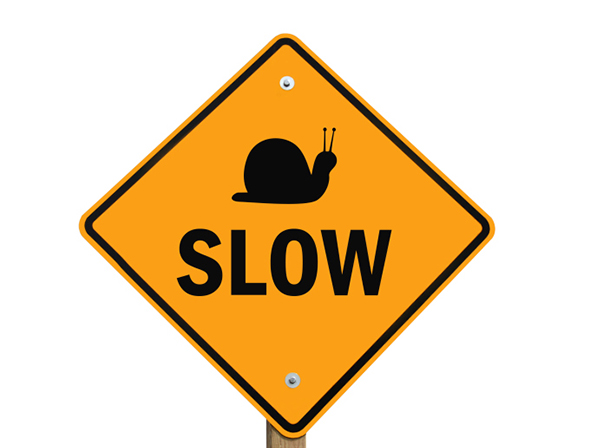Your Competition Wants Your Customers
Competition is a part of business life. Some would argue that competition forces businesses to strive to get better at what they do for the fear of losing customers to rivals. Losing a few customers periodically is inevitable. However, losing too many (especially your best customers) must be avoided at all costs.
For most businesses, the top 20% of their customers account for 80% (or more) of their profits. While much thought and strategy typically go into bringing in new customers, not enough is spent on retaining existing customers. That’s where the real gold lies.
It may be a little uncomfortable to think that some of your best customers might be looking at making a change, but it’s something you must consider if you want to avoid having it become a reality. Everyone talks about taking care of their customers, but in many instances that’s a phrase not truly backed up with action. To build a fence around your customers and keep them far away from the prying arms of your competitors, you mus truly care, protect, and guide them.
Gather customer feedback on an ongoing basis.
Most businesses put a lot of hard work into getting a new customer. But after they become a customer, little effort is put into nurturing that relationship. A customer should never be taken for granted.
It’s easy to get wrapped up in the day-to-day operation of your business and lose touch with what’s happening outside your doors in the marketplace. Phone calls and emails to customers can be a great way to communicate and stay connected. But to do it on a large scale can be unrealistic. Informative company newsletters and surveys can help keep your customers up-to-date and give them a way to express their needs and concerns. These efforts can provide an early warning system to catch a customer jumping ship before it happens.
Tell them what you do.
Your competitors will do anything to steal your customers, including promising the moon. You know that some of these are false claims or teasers to get their foot in the door. Some of your customers may not know that. Your job is not only to provide a great product and service but also to continually remind customers about the value you provide that your competitors can’t match. If you don’t tell them, no one else will either.
Informing your customers through educational marketing content is a powerful way to keep them engaged while differentiating your company as one that truly cares about their success (not just your own).
Where are the weaknesses?
To help plug the holes in your business, start thinking about things from your competitors’ point of view. After all, they’re always looking for any weaknesses they can exploit, so you should, too. That way, you can shore up your weak spots before they get out of hand and, in the process, strengthen your position in the marketplace.
To discover your weaknesses, talk with your customers. Ask them about the areas you could improve. Stay up-to-date with industry trends that could create a possible gap in your defenses, too. You can’t buy every bit of technology as soon as it hits the market, but you can stay informed so you can address concerns with your customers when they arise. Sometimes the best defense is a good offense. Be proactive in your customer communication.
“There is only one boss: the customer. And he can fire everybody in the company, from the chairman on down, simply by spending his money somewhere else.” ~ Sam Walton, Wal-Mart
Customer retention starts with providing great service and value. Getting to the top is hard work, but staying there requires just as much effort. Being aware of the competition while shoring up the weak areas in your business can go a long way in helping keep your customers coming back.
Monopolies and the lack of competition aren’t in anyone’s best interest. Keeping your best customers satisfied is. Use competition as a motivating factor to continually improve your services. Communicating with and showing appreciation for your customers will give you an invisible force field to keep the competition out of your backyard.










